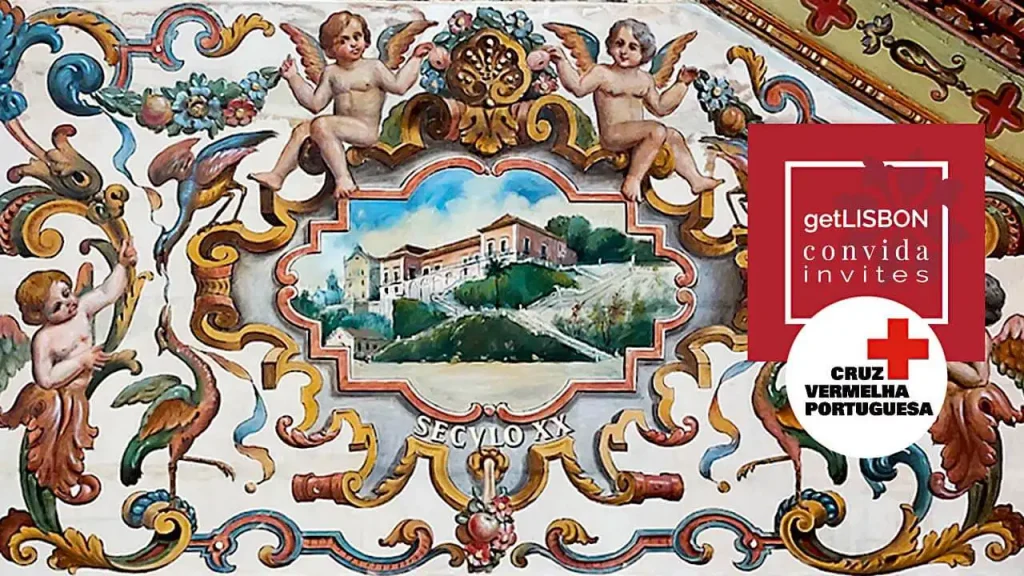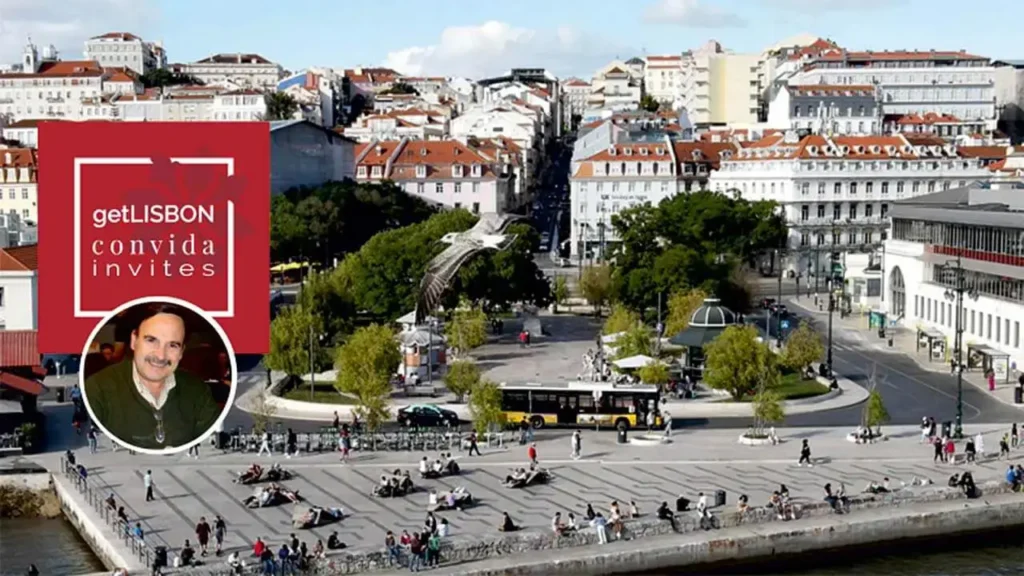It is with great honour that we present this article about the Palace of the Counts of Óbidos, prepared by the technical team of the Portuguese Red Cross for our series getLISBON invites. Here we will discover the history of the remarkable building that houses the headquarters of this prestigious institution.
From the Palace of the Counts of Óbidos to the Headquarters of the Portuguese Red Cross
Standing on a hill known as Rocha Conde d’Óbidos and offering a rich panoramic view over the River Tagus, rises the Palace of the Counts of Óbidos. It was commissioned in the second quarter of the 17th century by D. Vasco de Vasconcelos, 1st Count of Óbidos and then mayor of Óbidos.
In 1919, by deed executed on 30 June between D. Pedro de Mello d’Assis Mascarenhas, 11th Count of Óbidos, and General Joaquim José Machado, 8th President of the Portuguese Red Cross, the Palace was acquired for 65 contos by the Sociedade Portuguesa da Cruz Vermelha (the name of the Portuguese Red Cross at the time).
Throughout its existence the Palace has undergone numerous heritage, architectural and artistic enhancement works, making it a significant element in Lisbon’s urban landscape. Although the façade facing the Tagus reveals its grandeur, the main front looks onto the carriage courtyard, where the noble portal stands out, adorned with the coat of arms of the Mascarenhas and Lencastre family.
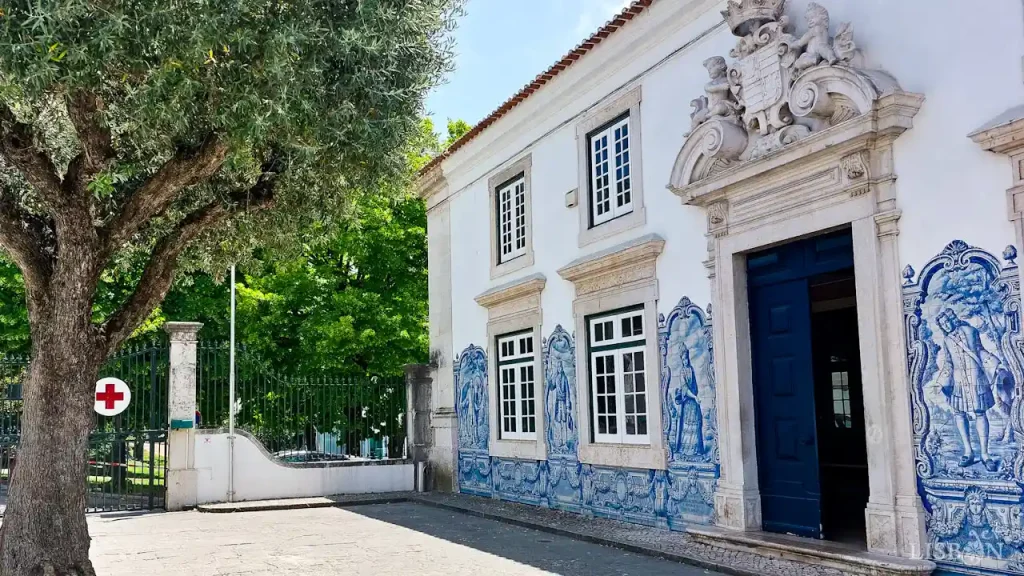
The Renovation of the Palace of the Counts of Óbidos
With the permanent transfer of the offices of the Sociedade Portuguesa da Cruz Vermelha, previously located at Praça do Comércio, to the Palace, the building underwent a complete renovation, especially inside. Particularly notable are the works carried out between 1935 and 1947 under the supervision of Colonel Affonso de Dornellas, then Secretary General of the Institution. These restoration and embellishment works, which in some ways altered the original layout, gave it greater decorative richness.
At the time of purchase, the noble area of the Palace was rented to the English Club. Later, with the authorisation of the Portuguese Red Cross, it housed the Secretariat of the Portuguese Academy of History. It was also the residence of Jorge Colaço, the artist responsible for the tile panel displayed on the terrace facing the Tagus.
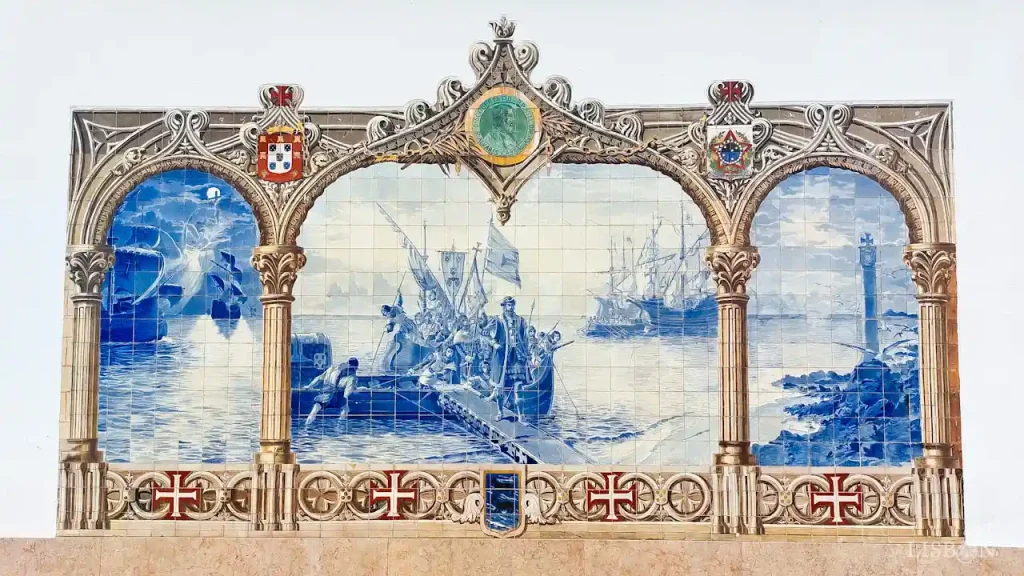
Once the Palace was adapted to become the national headquarters of the Portuguese Red Cross, it became part of the historical heritage of the Institution, witnessing its intense humanitarian activity. An example of this is the fact that, during the Second World War, it was used as an infirmary for prisoners of the belligerent powers.
A Visit to the Remarkable Palace
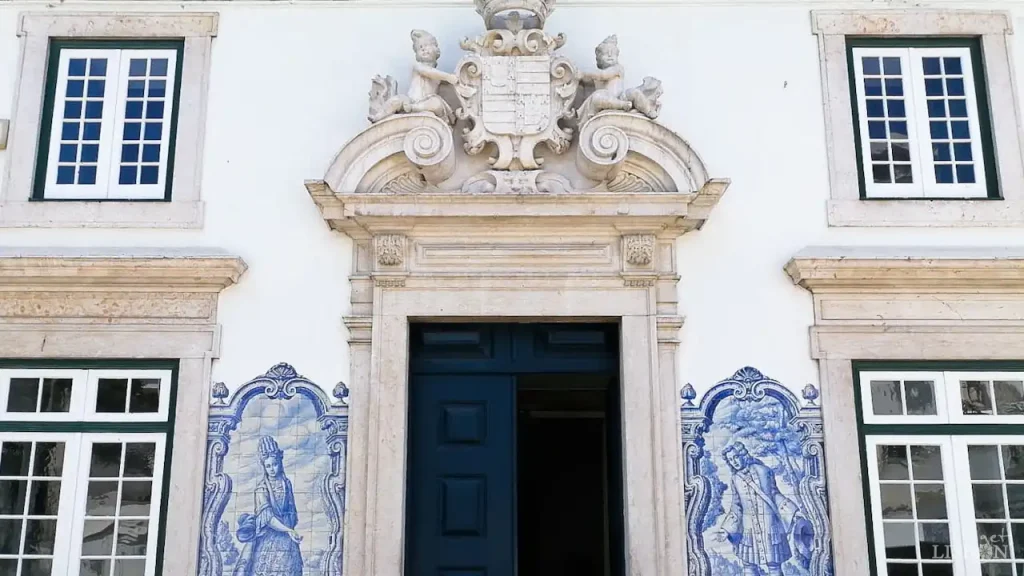
The visit begins at the noble portal, crowned with the Mascarenhas and Lencastre coat of arms, flanked by six monochrome tile panels by Gabriel Constante, imitating 18th-century tiles. These depict two figuras de convite (figures of invitation), a gentleman and a lady, as well as a knight, a saddler awaiting him, a lancer and two horsemen.
The Palace atrium, displaying the busts of King Luís I and Queen Maria Pia, protectors of the Red Cross in Portugal, gives access to the Library and the rooms.
These, known as the Supreme Council Room or Diana Room, the Parables Room, and the D. João de Castro or Tapestries Room, are decorated with monochrome tile panels, featuring allegories of mythological, biblical and Oriental historical scenes.
Displayed on the walls of the large halls, oil portraits of the Presidents of the Portuguese Red Cross form the “Gallery of Presidents”.
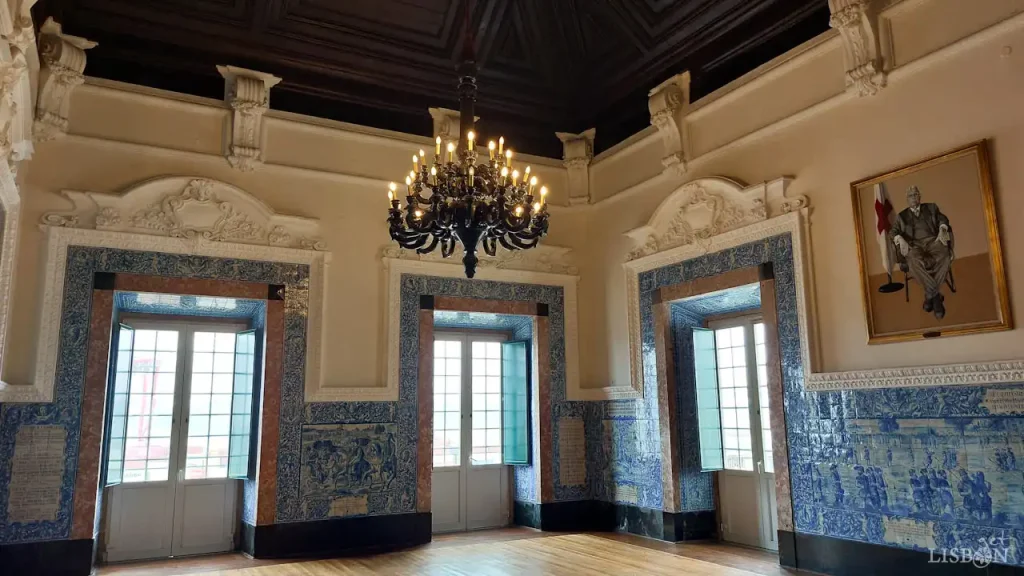
In the Dining Room, monochrome tile panels by Colonel Vitória Pereira, designed in 1937, depict curious courtly scenes. On the ceiling, paintings by Gabriel Constante, who also created the tiles and paintings adorning the D. João de Castro Room, the Library and the façade of the noble portal, illustrate the Palace’s evolution from the 17th to the 20th century.
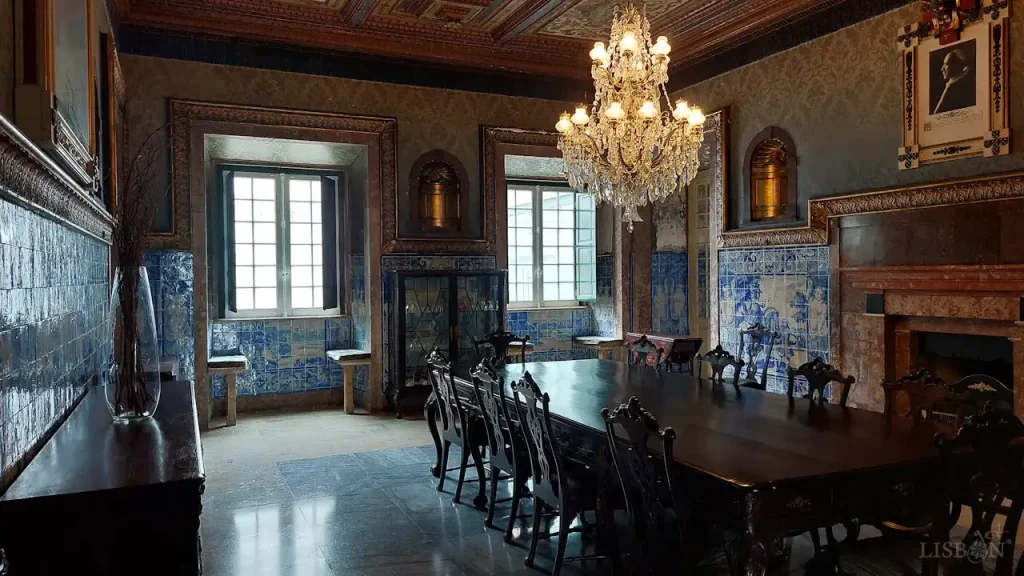
The Library, rebuilt after 1935 and designed by Affonso de Dornellas, consists of two levels of polychrome carved and faux-marbled shelves. A gallery with balustrade runs along the upper level, accessed via a spiral iron staircase set in a small turret harmoniously placed at the centre of one wall. Hanging from the ceiling is a large crystal chandelier from Marinha Grande, beneath a painting depicting the Peace of Alvalade, in which Queen Saint Isabel intercedes for reconciliation between King Dinis and Prince Afonso. This central image is surrounded by paintings representing the Liberal Arts, interspersed with other decorative motifs. Also painted on the Library ceiling is the inscription “INTER ARMA CHARITAS”, the motto of the Red Cross.
The Chapel, dedicated to Our Lady of the Immaculate Conception, boasts rich and exuberant decoration, with its walls painted to resemble damasks and lined with polychrome tiles. The ceiling of the central nave features a painted trompe-l’oeil balustrade with cherubs and floral motifs. Various tombstones in the chapel recall the Palace’s original owners and the artistic improvements it received once it belonged to the Portuguese Red Cross.
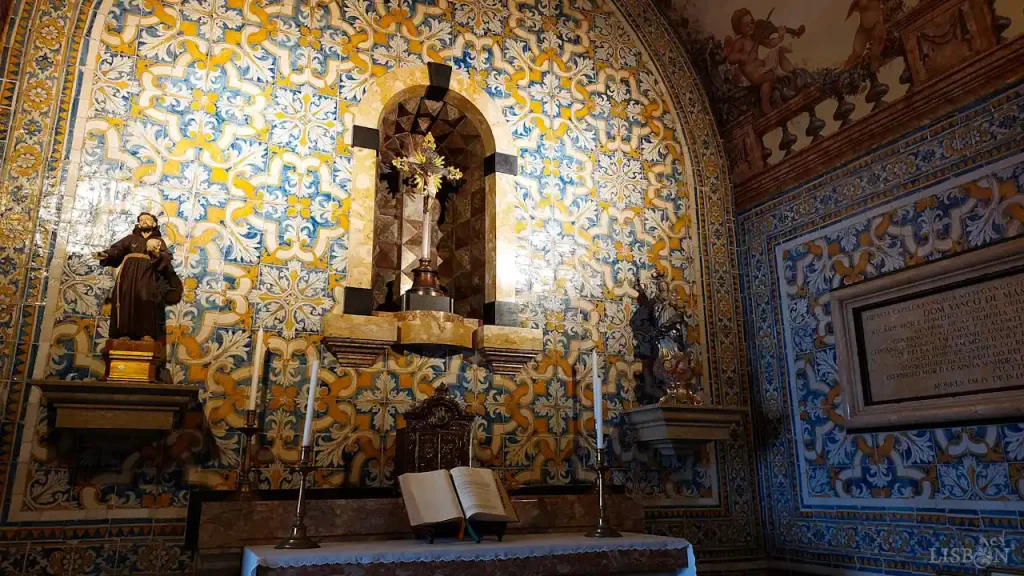
A visit to the Palace of the Counts of Óbidos is also an opportunity to witness the important role that the Portuguese Red Cross has played in defending life, health and human dignity, both as a National Society and as part of the International Red Cross and Red Crescent Movement.
The museum section installed in this Palace reflects the history and the significant mission of this institution, already over a century old.
The distinctive features and undeniable beauty of the Palace of the Counts of Óbidos, recognised in 1993 as a property of public interest, have long attracted interest for hosting social and cultural events.
Your Event Deserves All the Charm
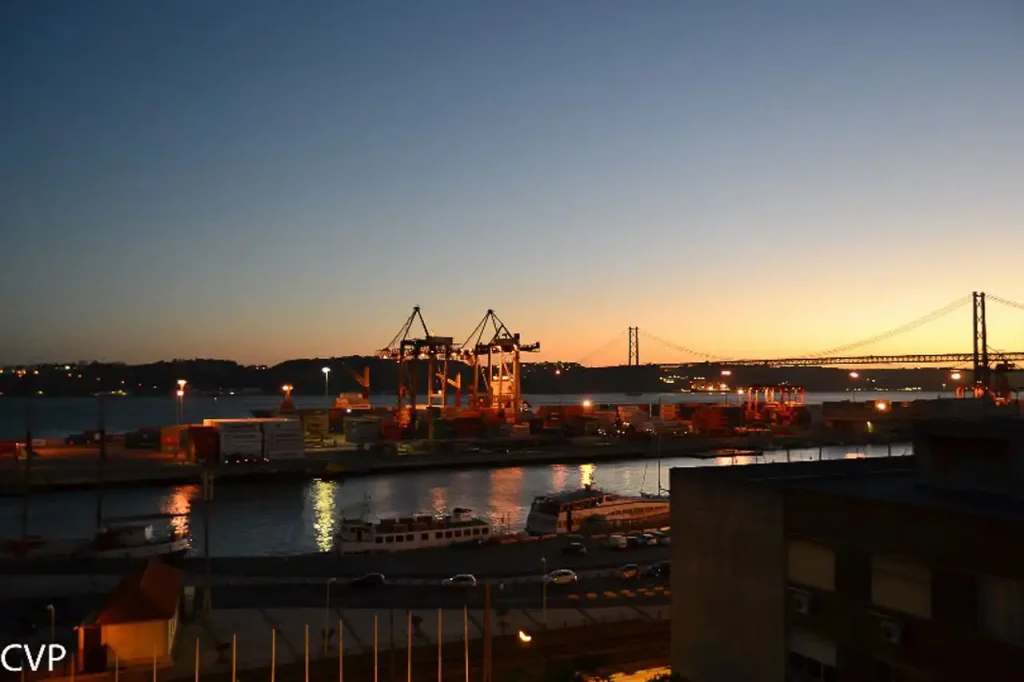
With a magnificent view over the Tagus River, the Palace of the Counts of Óbidos is a privileged and unique setting for holding all kinds of events, from weddings, cocktails, christenings, anniversaries, gala dinners, Christmas dinners, meetings, conferences, product launches, exhibitions or concerts.
The venue adapts to the needs of each occasion and offers absolute exclusivity, as it can be hired in its entirety.
The five rooms of the Palace of the Counts of Óbidos, mentioned above, have a total capacity of 300 people, while the panoramic terrace can host up to 200.
The Portuguese Red Cross uses this space not only to raise funds for its humanitarian activities, but also to contribute to the maintenance of this important historical heritage.
For further information:
Tel.: (+351) 213 913 900
Mobile: (+351) 912 342 281
Email: [email protected]
Visit our website
| Never miss another article | Subscribe here |

